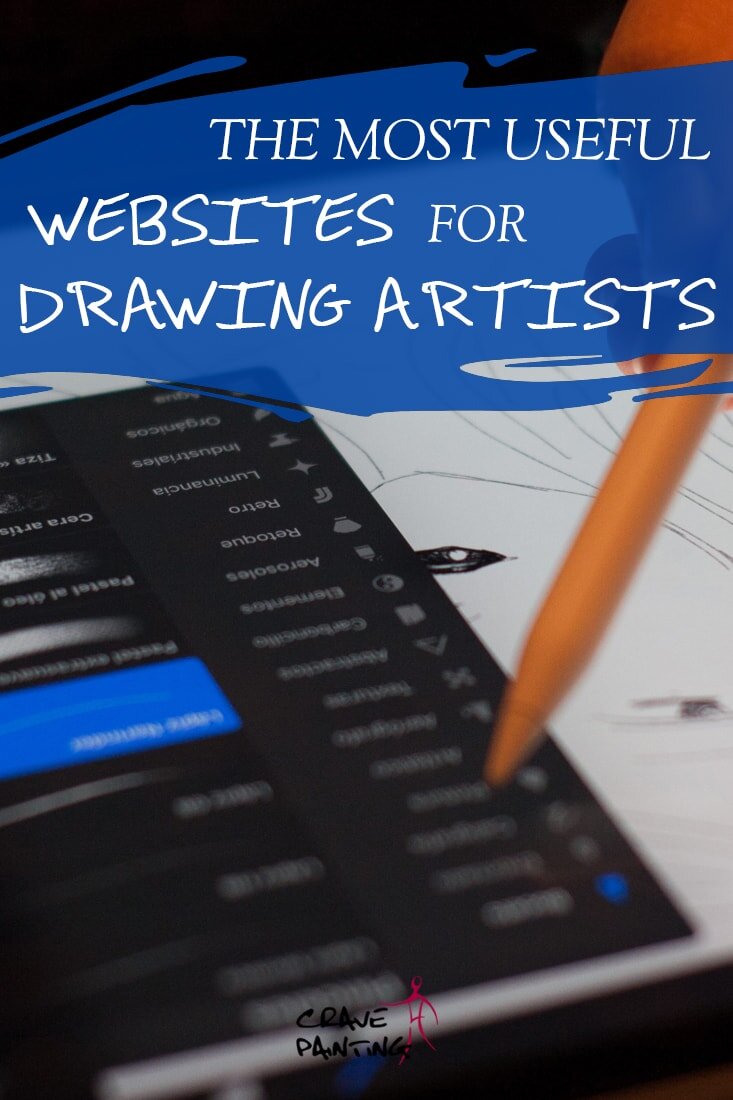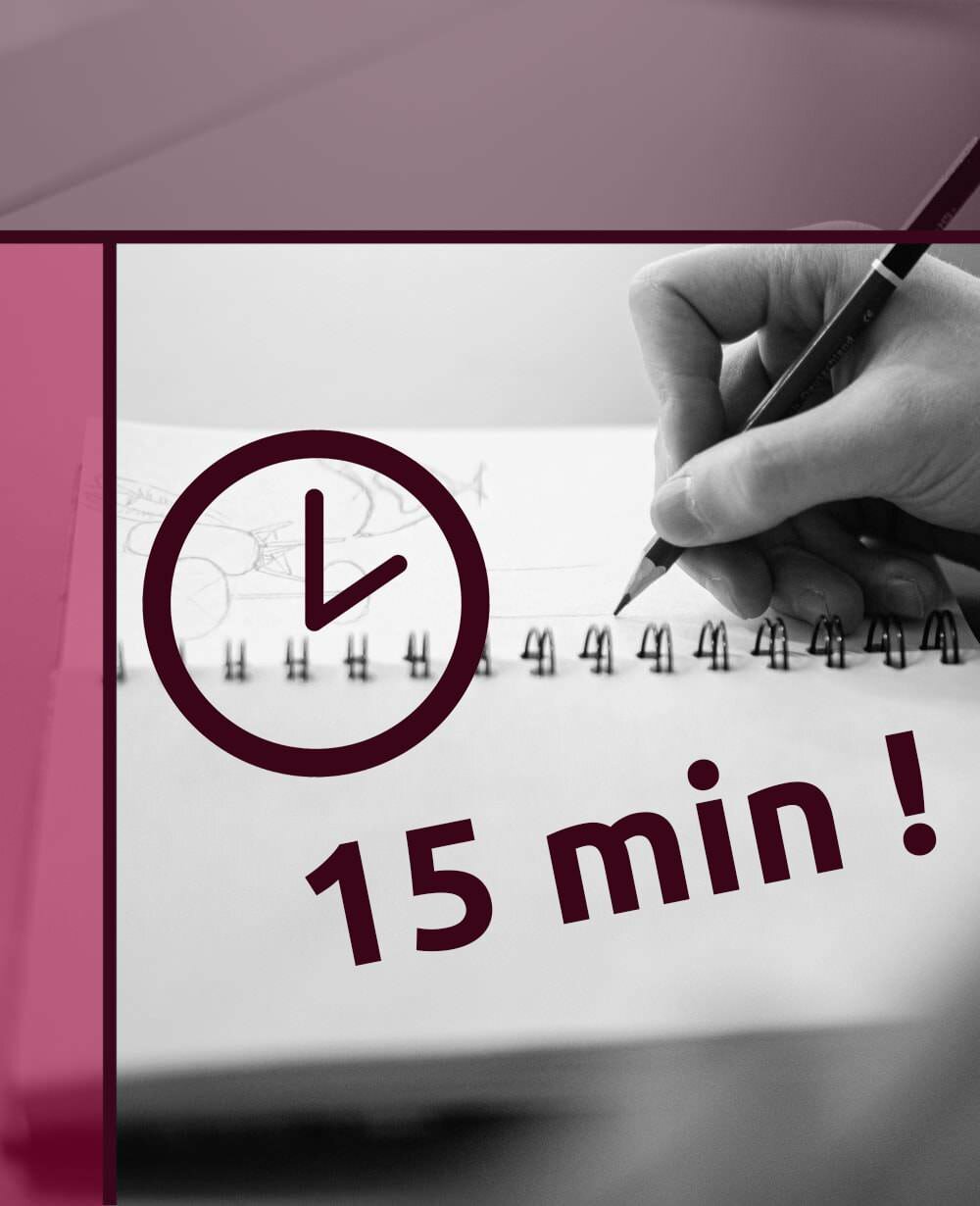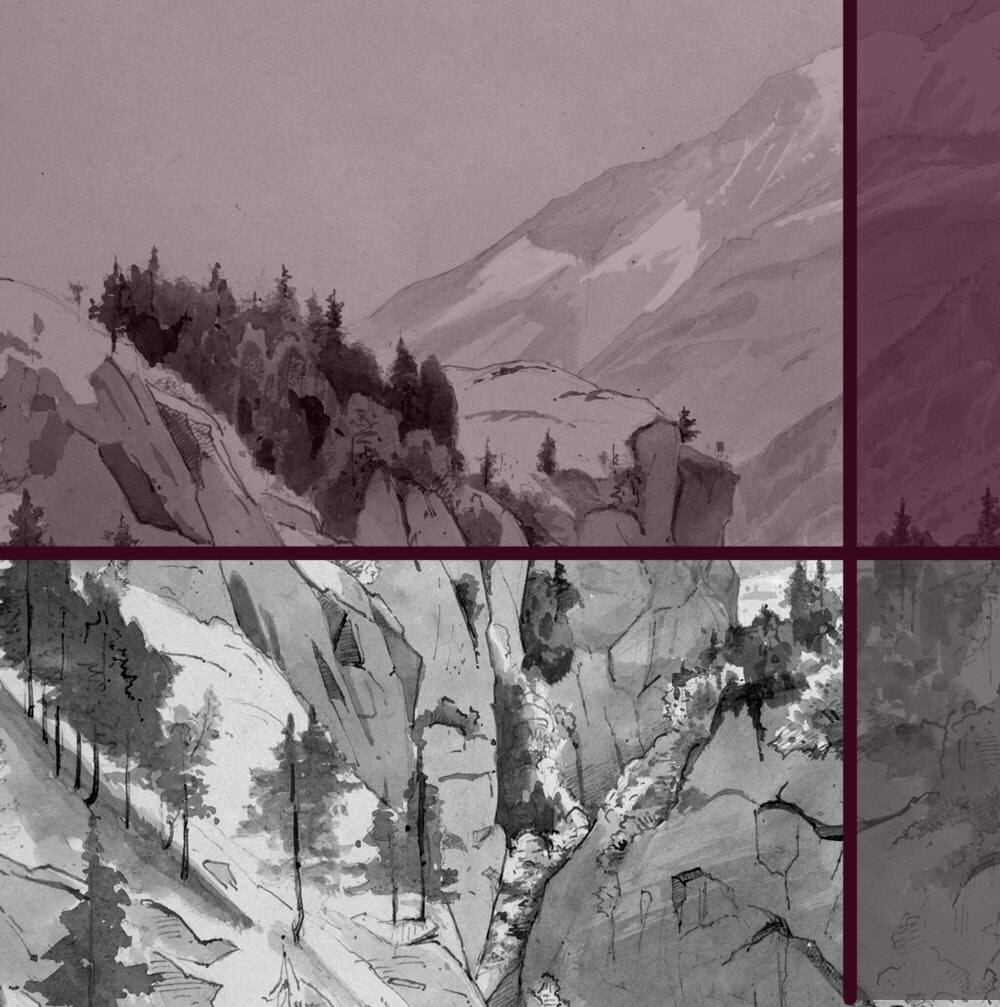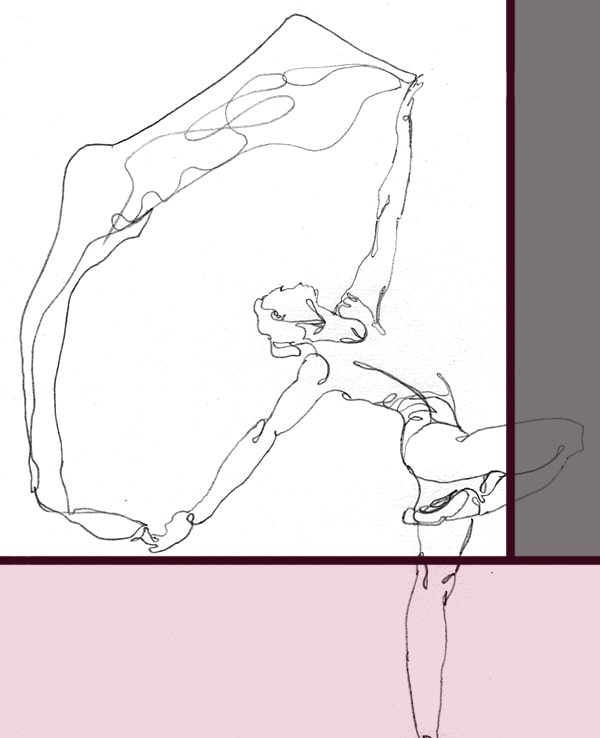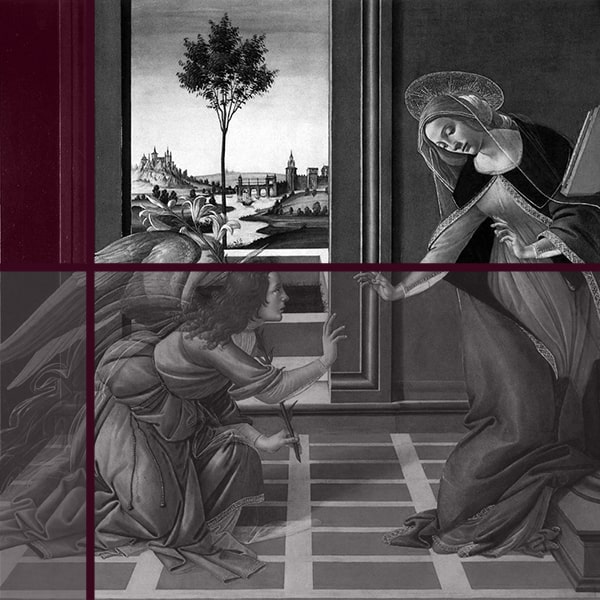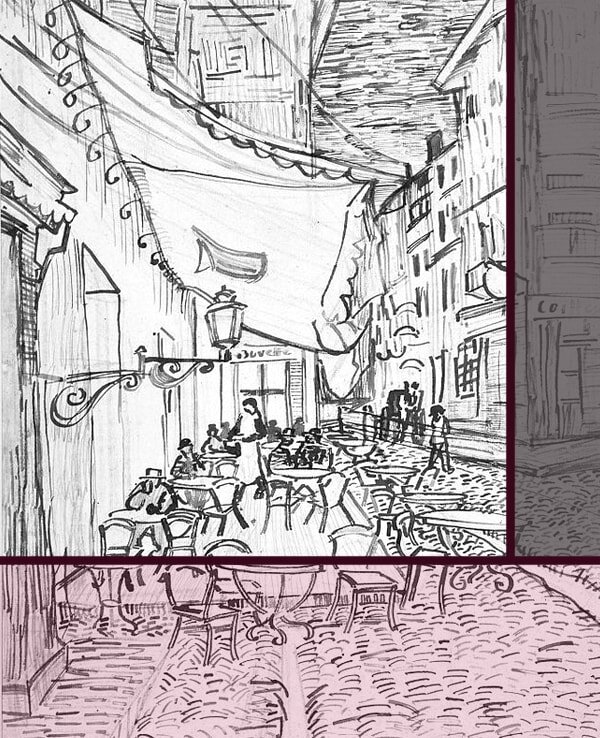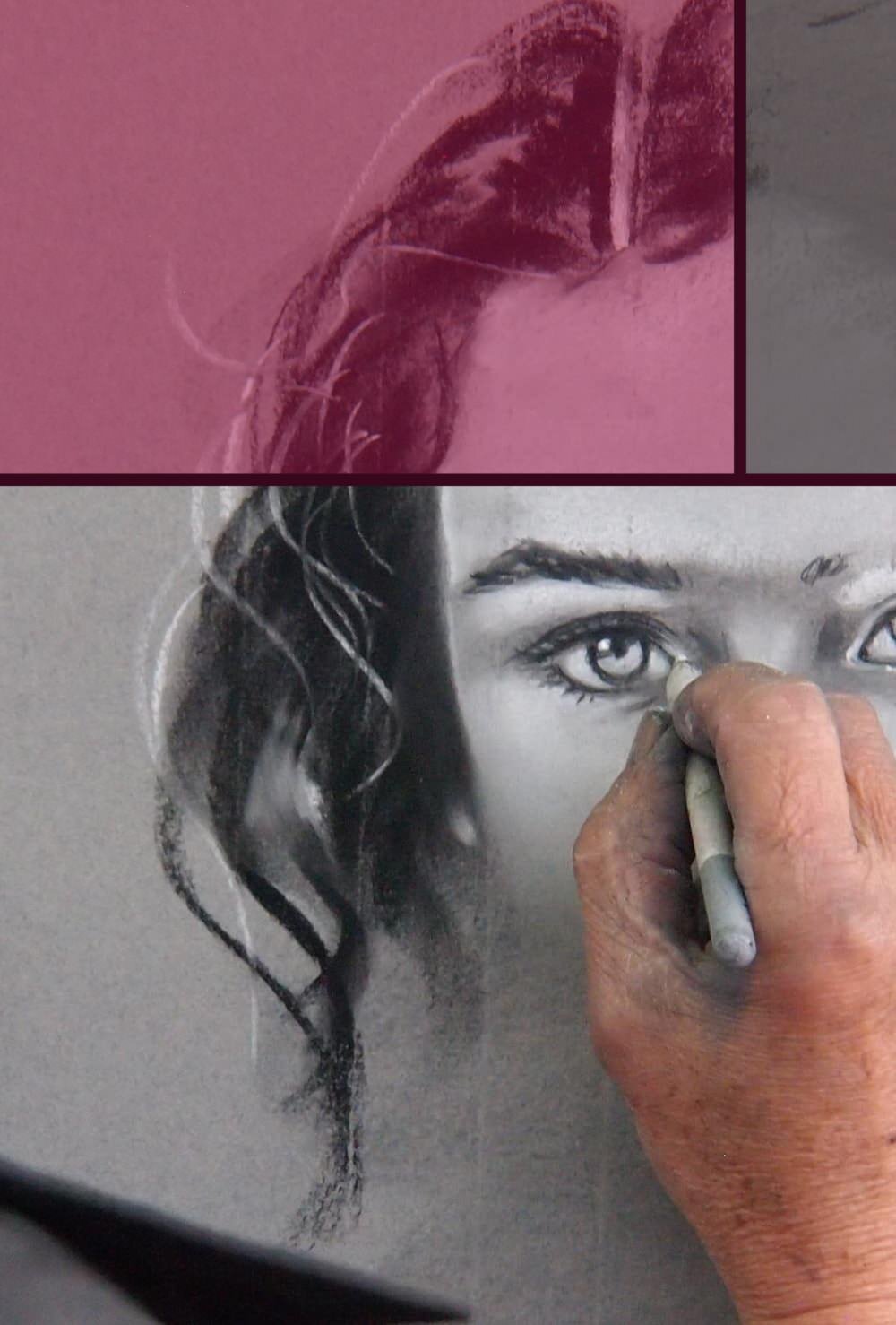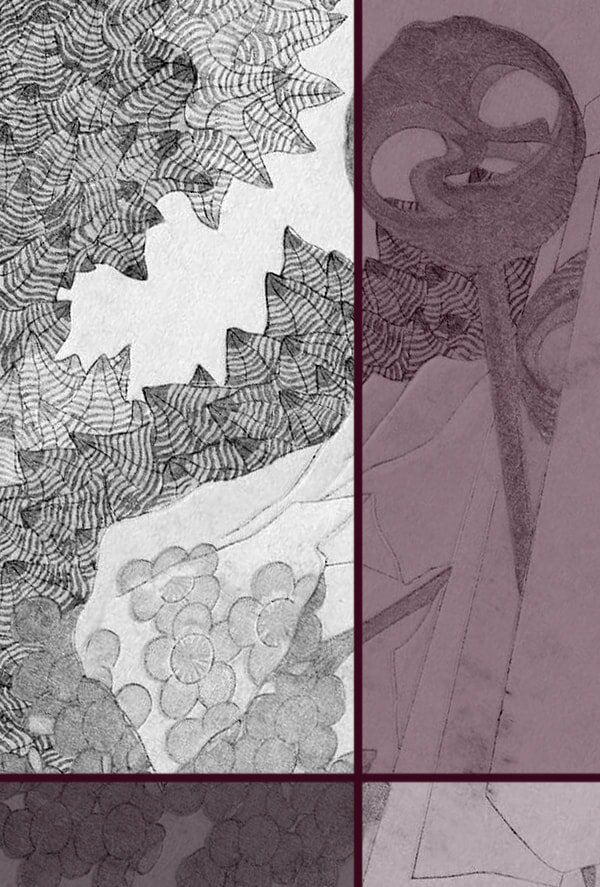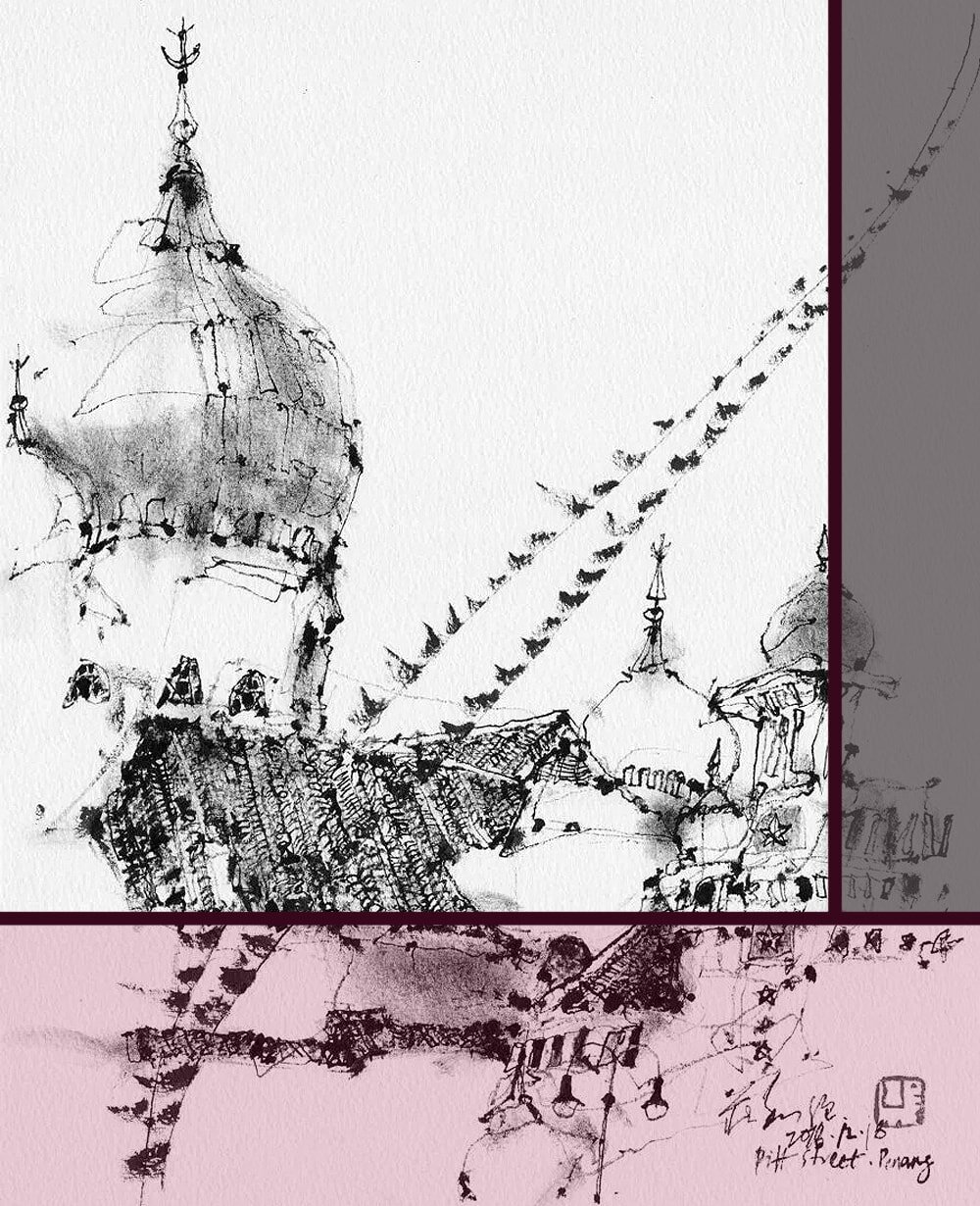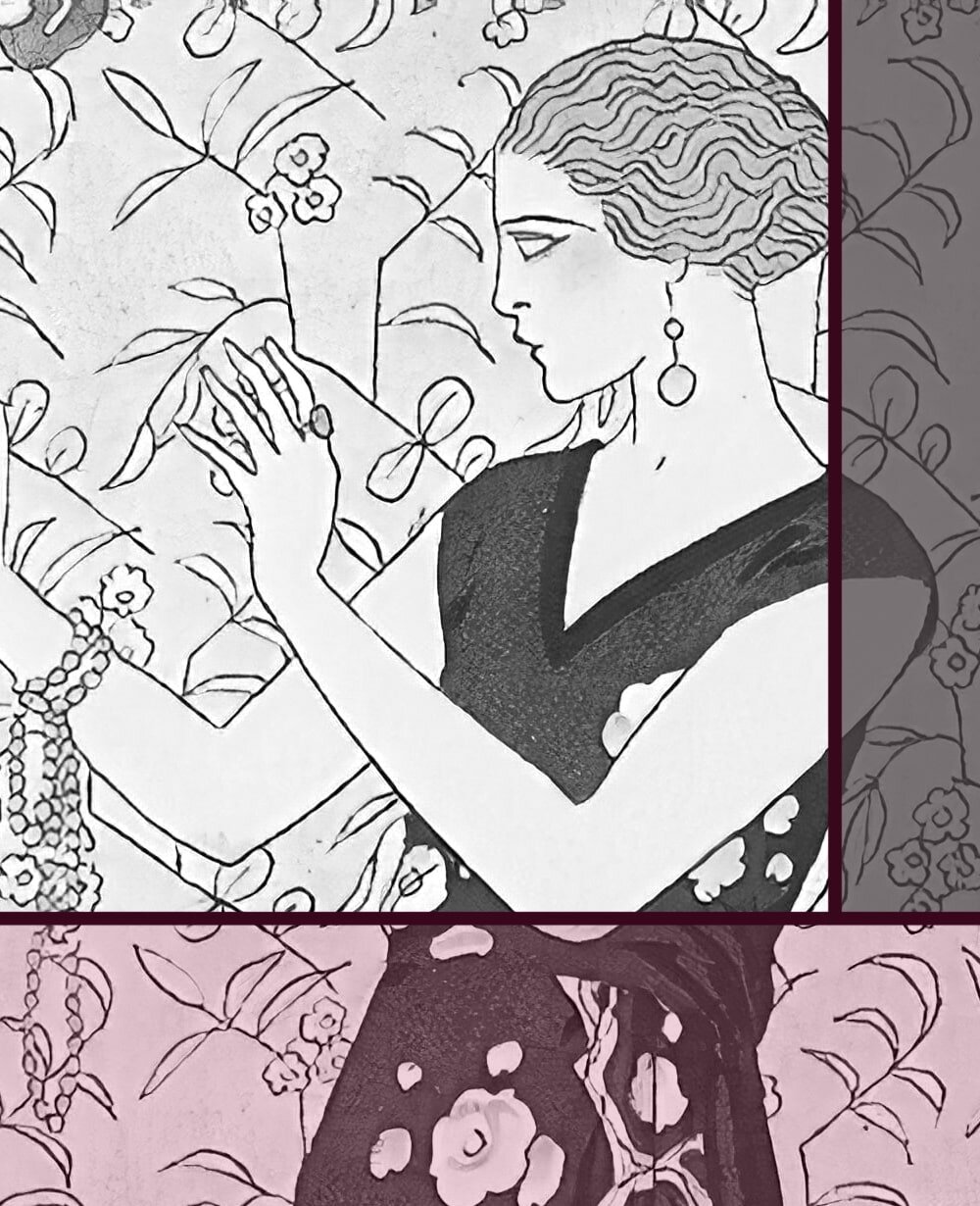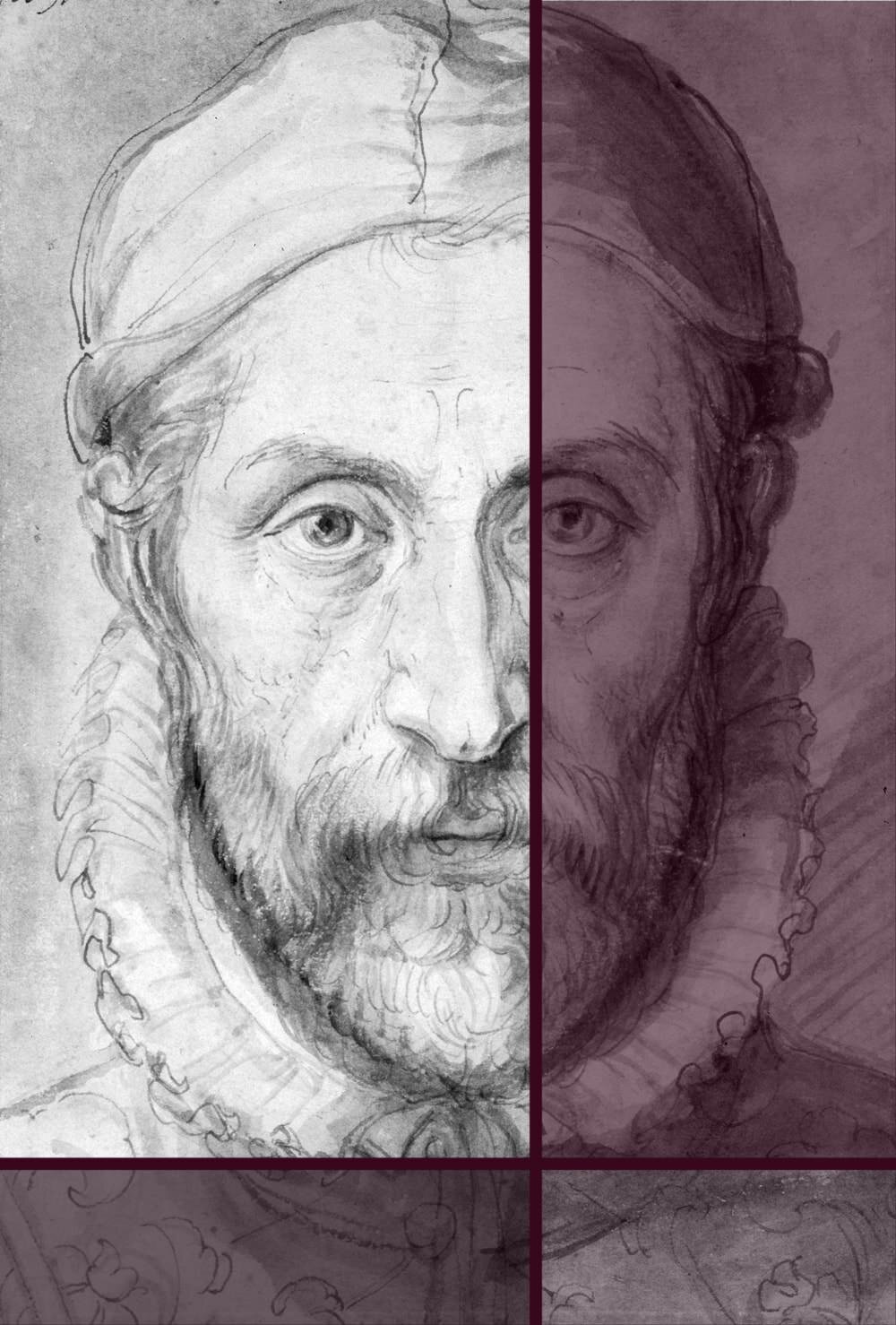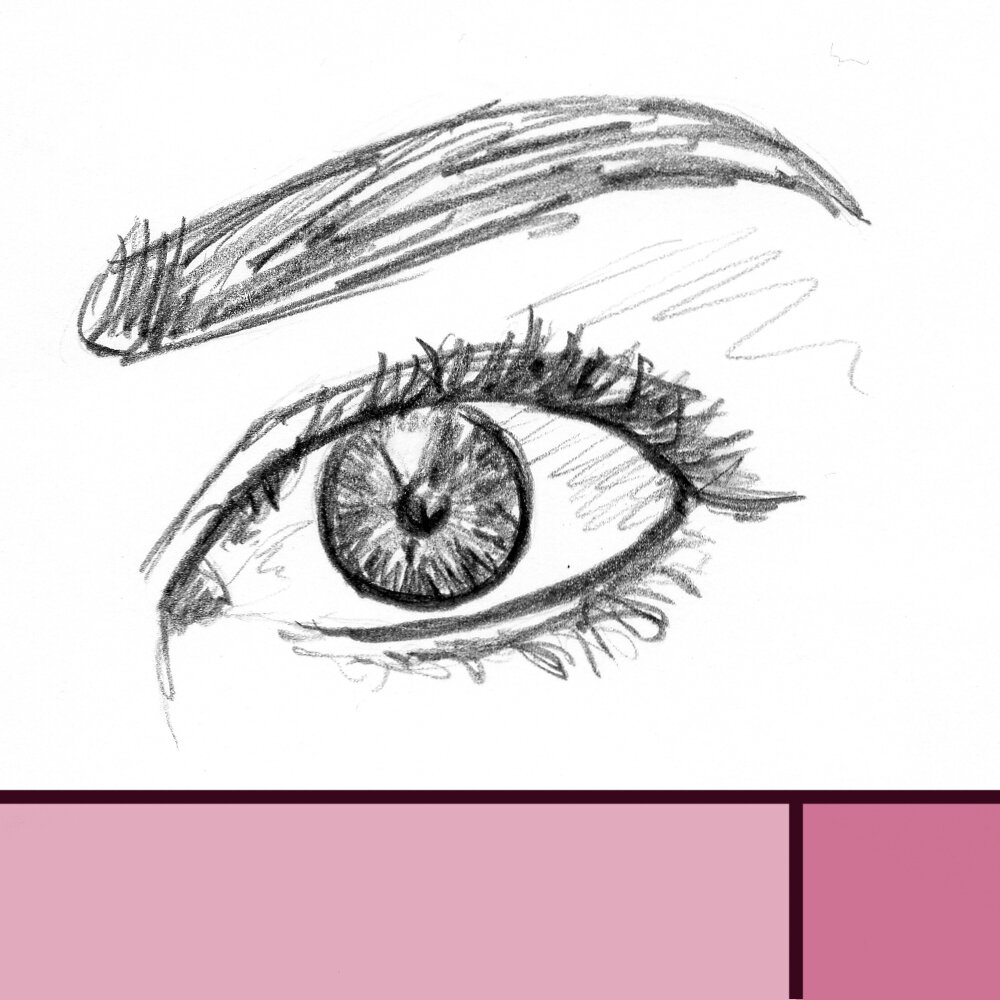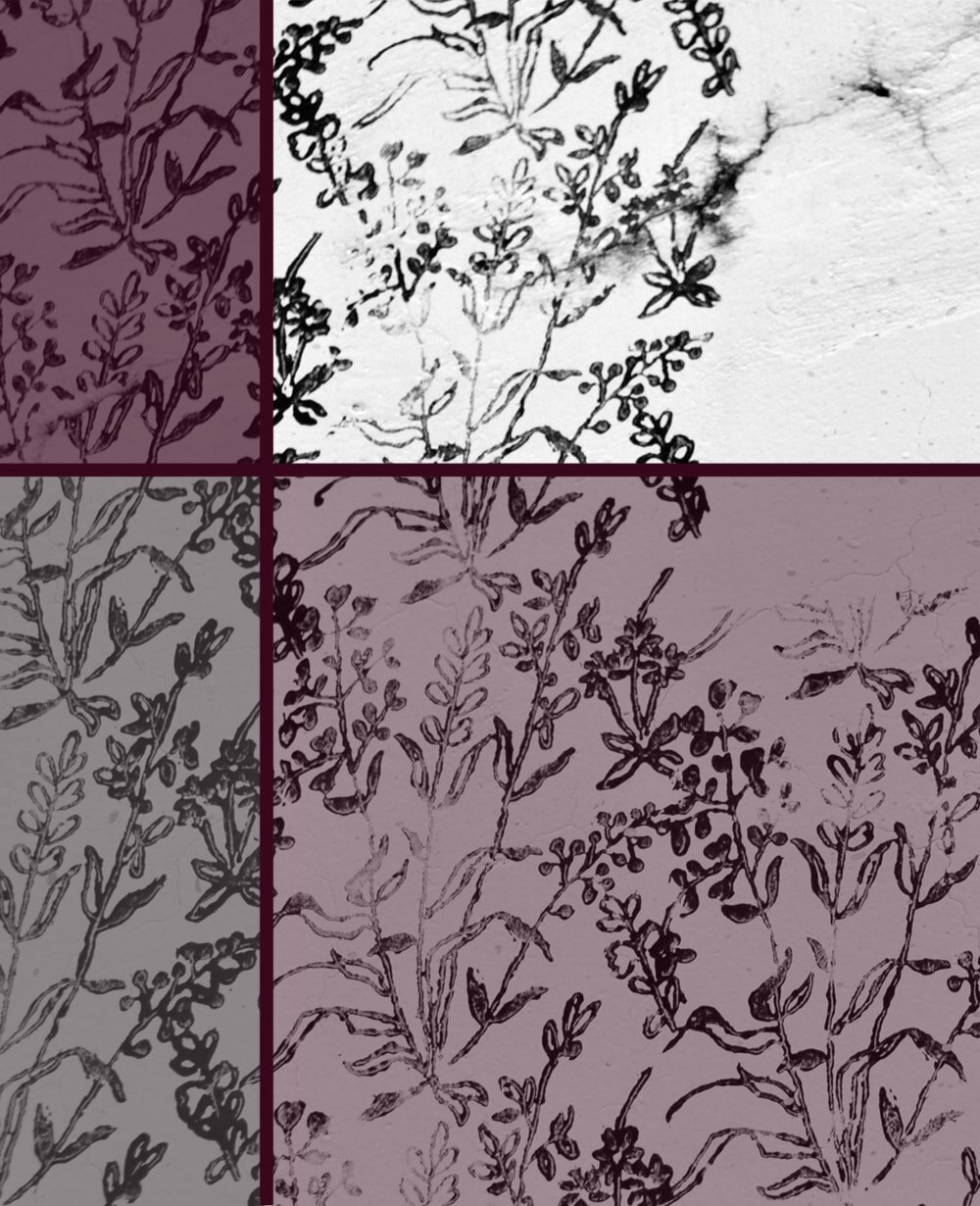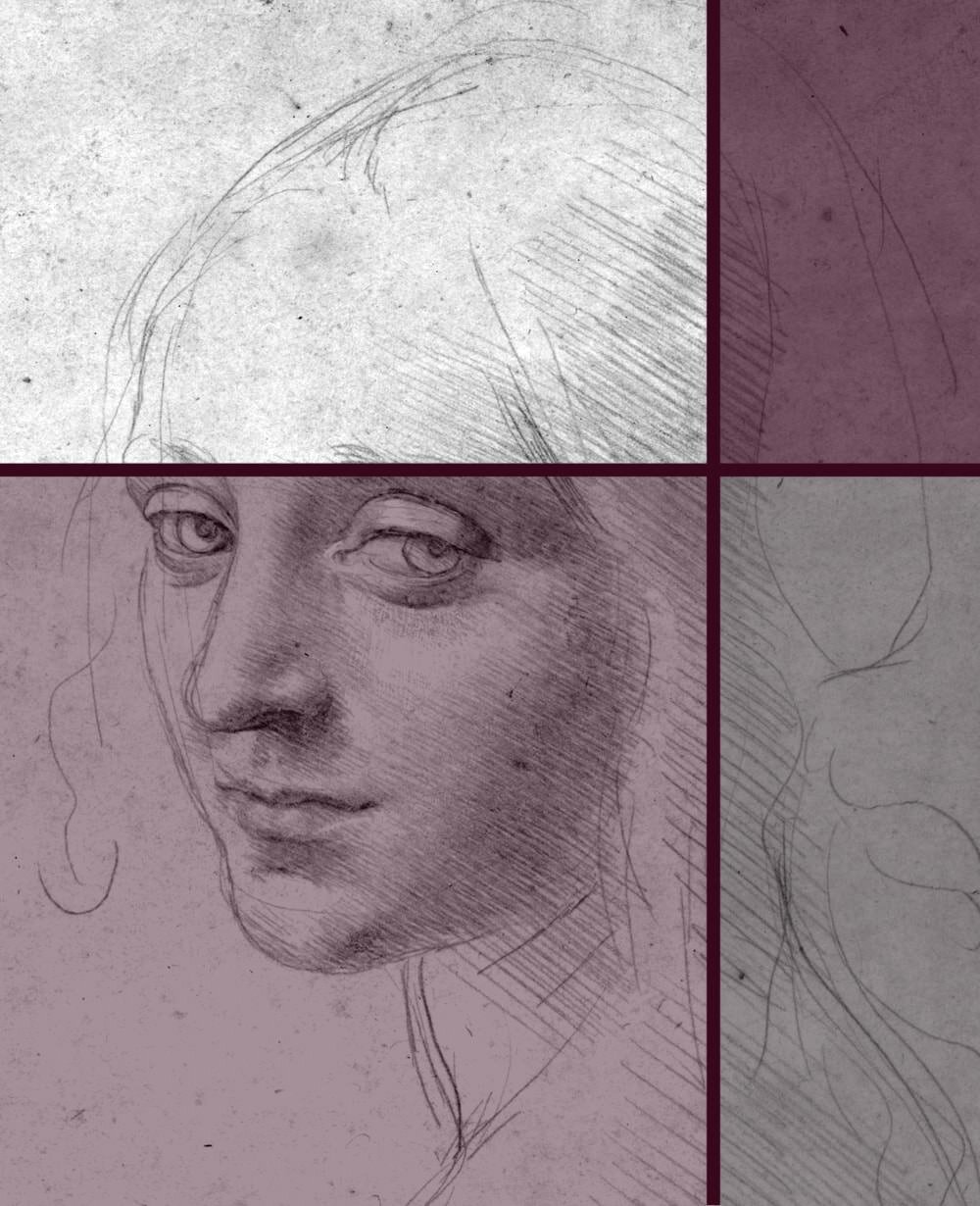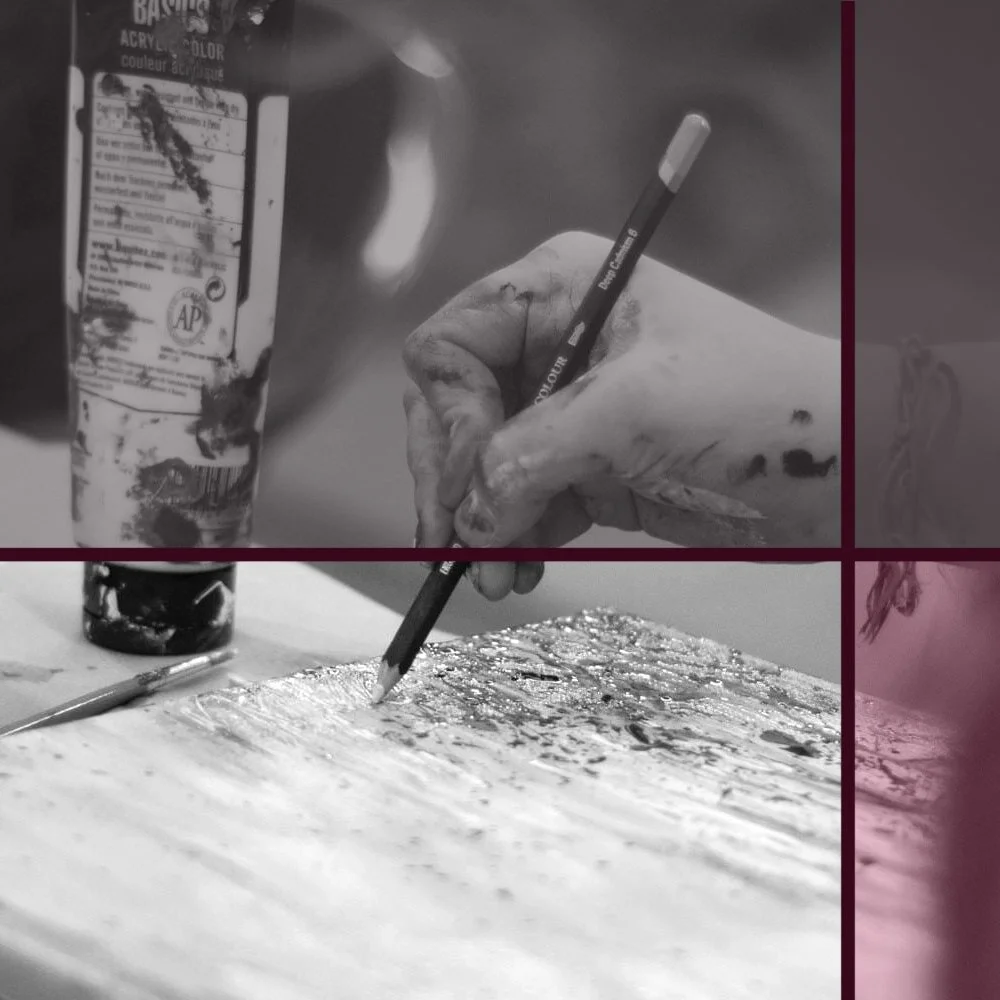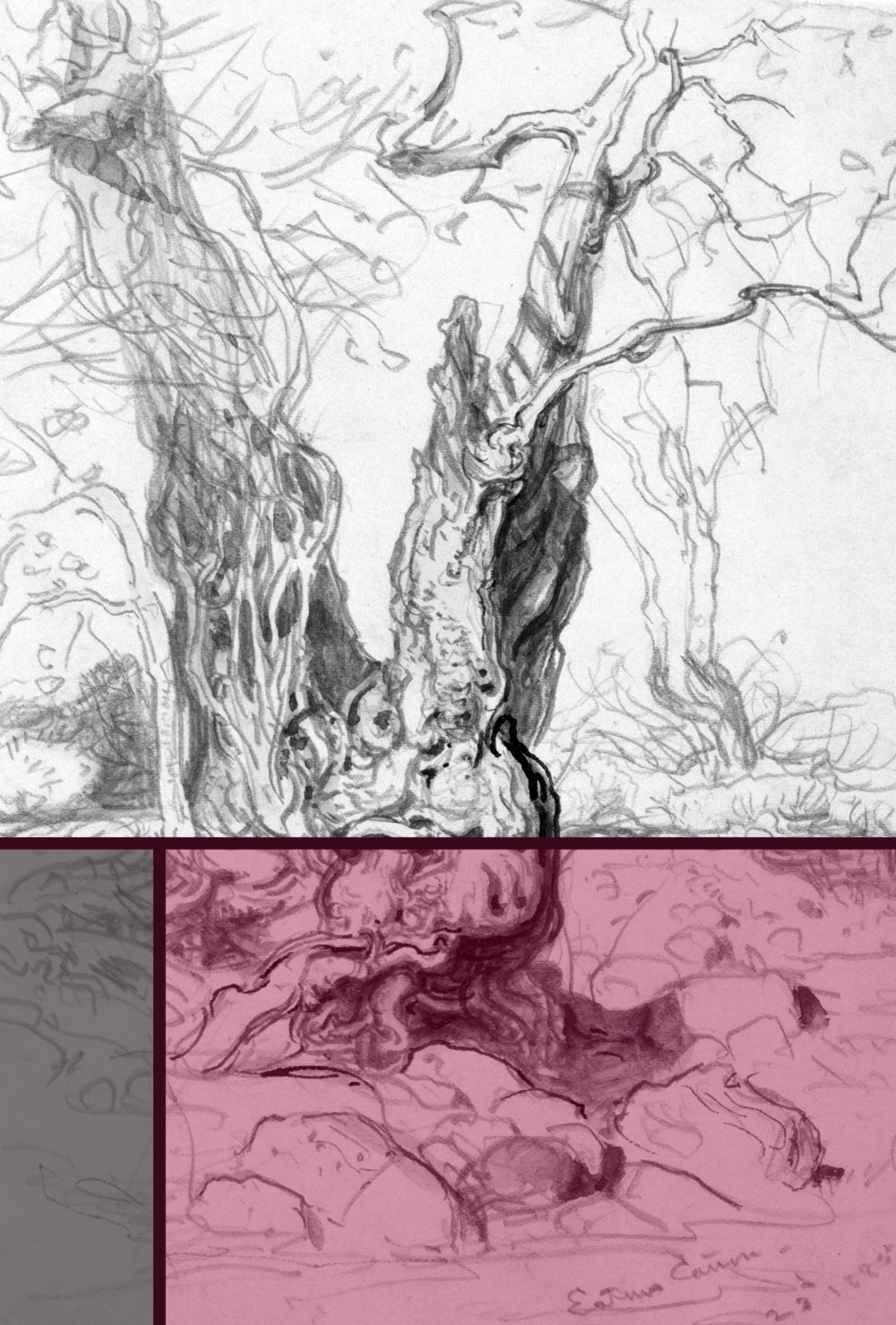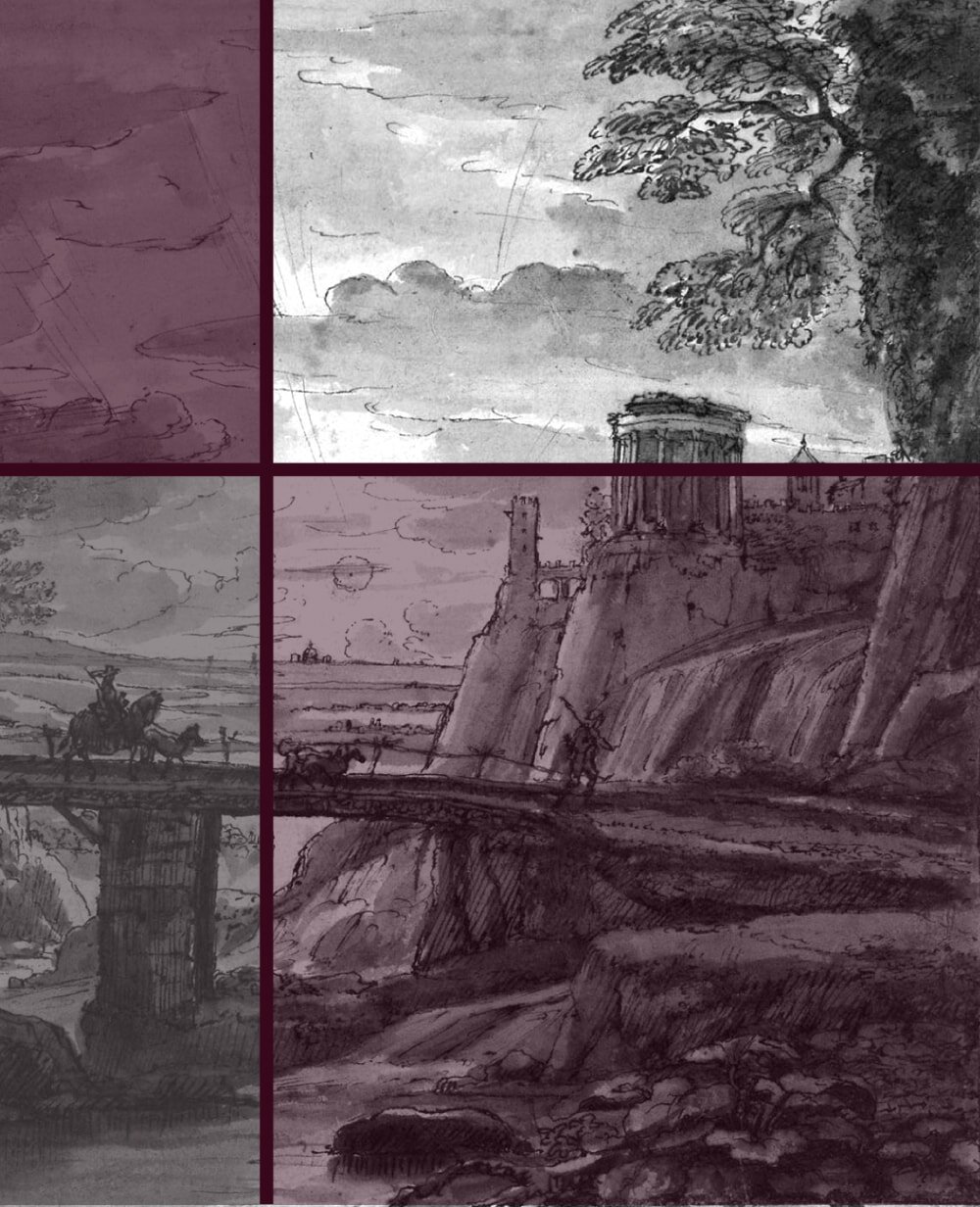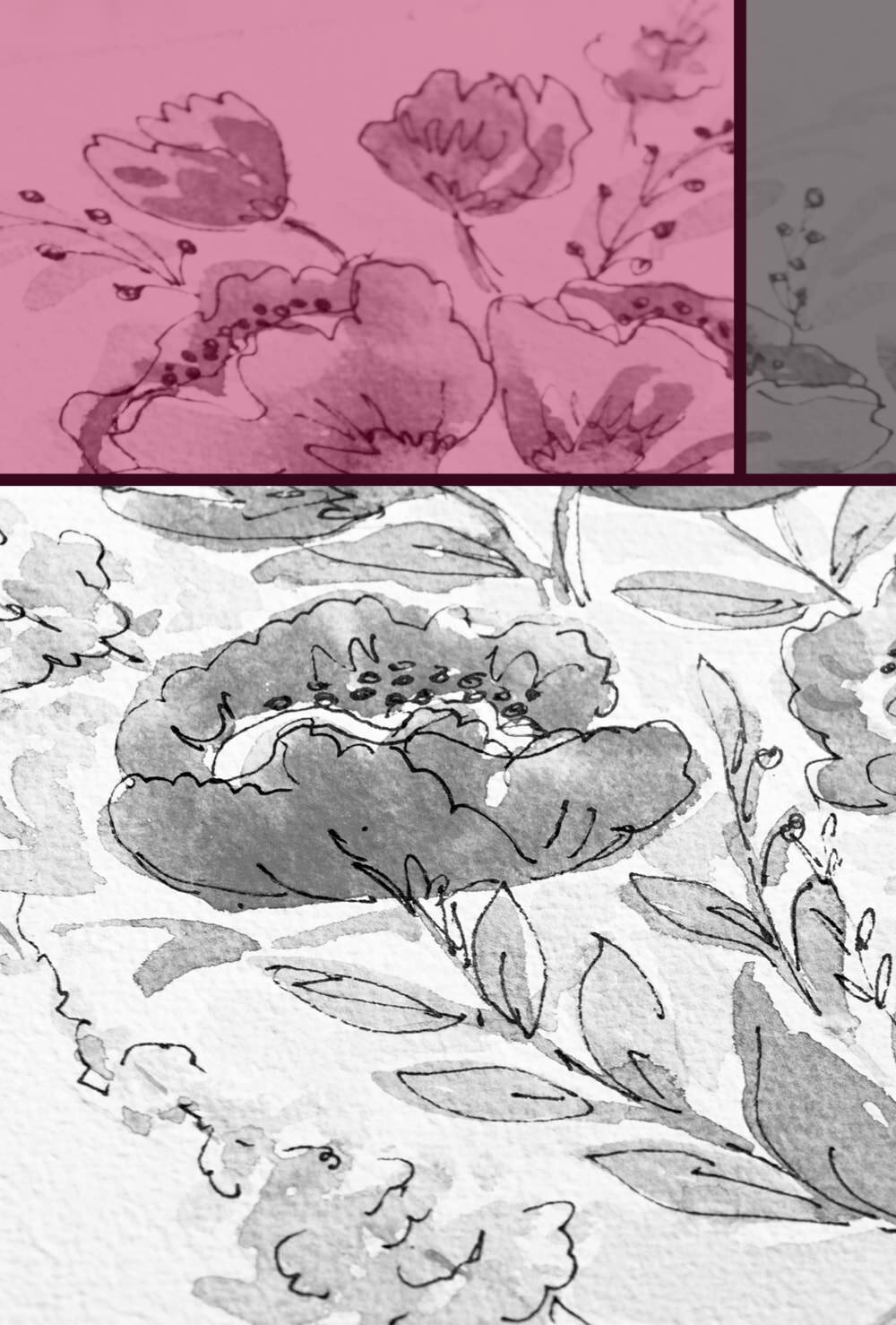The top 10 most useful Websites for Artists
From collections of life drawing poses to free tutorials, the Internet is oh so full of possibilities for hobby artists and professionals alike. You just need to know where to look.
The World Wide Web opens many doors and offers a lot more than just study material. There are a lot of super fun things online that enable you to spend more time with your very favourite hobby: art.
Here is a list of the art-related websites that I have found super helpful over the years, for the improvement of my skills as well as simple entertainment.
SketchDaily
SketchDaily is an absolute gem and I’m just so glad I’ve stumbled across it. It’s a visual database with quite a large collection of reference pictures for drawing practice (or any other art).
Topics range from vegetation to animals and nudes and the search function is super handy, letting you select requirements such as the view angle or even body part.
If you like you can even select a time frame of how long you’d like the site to display the individual images, so it’s basically like a life drawing class where the model changes pose after a few minutes.
Best of all, it still gets updated, so it’s not one of those forgotten websites from the 1990s where nothing new ever gets added. Plus, some of the poses and props are hilarious.
Etsy
Etsy, for those of you that don’t know of it, is an online shop for handmade things. You can buy anything, from jewellery to decorative wooden tableware.
It is one of the most useful places for me whenever I feel a little uninspired. There are so many amazing things you can do with a bit of drawing or painting skill, and Etsy is a never-ending resource for ideas, as mentioned in my post 10 easy Gift Ideas if you know how to Draw or Paint.
I also love to see what other artists are doing and celebrate their diversity and dedication to their skill, for example in sketching architecture and landscapes.
And, of course, it’s great for shopping if you like pretty things made with love and not in a factory.
Colour Palette Generator
This Colour Generator is an adorable little feature from Canva. Basically, you can upload any image of your choice, be it a photograph or a screenshot from a movie, and it’ll give you a selection of the main colours used in it.
Naturally this idea is a dream come true for interior or website designers, but it’s also very convenient for artists. I employ it a lot when I work with a limited colour palette. Necessary? No. But still super fun and practical.
Khan Academy
Any website that offers high-quality free education gets my attention. And I’ve found none better than Khan Academy. It has a number of incredibly comprehensive and well-researched courses, such as biology and computer science, that are super easy to follow.
For our purposes their amazing Art History course is obviously most relevant. Because really, every artist should have at least a basic knowledge of what came before us, as mentioned in my article How to fill your time with Art when you’re not Drawing.
Teaching is done via written material (online or offline via the App), little quizzes as well as with videos.
YouTube
YouTube is another good resource for a lot of artsy things, from inspiring TED talks to free tutorials. That is, under two conditions.
First, you’ll need to have enough time to find them. Due to the size of the platform and the number of videos there are about ten poorly made ones for every gem. If you do find a good one, see if the channel that posted it has more videos for you to watch.
My current favourite is Alphonso Dunn, who has also written this super pretty guide on Pen and Ink Drawing that I am using ever so often, so he knows what he’s on about.
Secondly, you need to have the discipline not to get side-tracked. It’s all too easy to click on all the interesting suggestions the platform throws at you and end up watching people seeing colour for the first time with their new Enchroma glasses for two hours straight (true story).
For more info pop by my article The best YouTube Drawing Videos for Beginners.
Issuu
Issuu is an electronic publishing platform where you can publish your own, but also read other people’s books. A bit like Amazon’s Kindle, if you will.
From drawing trees to human anatomy, there are all sorts of free, practical publications you can spend some time with if your nearest library is too far away.
Sure, some of them are on the older side, but why look a gift horse in the mouth, right?
Ah Pinterest, how much I love this platform. It’s a lot more than just a collection of pretty images that people ‘pin to their walls’.
Sure, you get the pretty pictures, and a lot of them, but you also get a huge number of links to tutorials and other helpful websites for your daily art practice, such as the above-mentioned books on Issuu.
In effect the platform is a way for artists to communicate with other artists, via images. If I find a really good new tutorial or blog post I’ll pin a picture of it to my account and so alert my followers and everyone else that might search something similar. And they in turn show me their best finds.
Squarespace
Squarespace (or alternatively Wix or Weebly) is a drag-and-drop system that enables people without much digital knowledge to build professional-looking and highly aesthetic websites in a short frame of time.
Anyone who’s been creating art for a while will benefit from their own little portfolio website, even when they’re not exhibiting or applying to university.
When it comes up in conversation that you draw or paint and the other person asks to see some of your work, as they always do, you can then just give them the web address of your portfolio. Beats having to scroll through hundreds of pictures of your dog on your phone to get to the latest drawings.
And yes, this blog is also hosted on Squarespace.
Artists Network
Artists Network, as the name suggests, is a collective of artists sharing their knowledge and discussing certain topics, though a lot of it costs money to access.
If you’re not intimidated by the sheer size and enormity of this platform and you can spend a little time finding your way around and looking at what’s on offer this can be a very helpful resource for your art education.
You can find videos, competitions and they even have several magazines, physical and digital.
A little tip here: you can sign up for a free trial on Skillshare, which has a lot of the courses from Artist Network, so you could watch them for two weeks. After that you’d have to pay a monthly/yearly fee, or cancel the trial.
WikiArt
WikiArt is basically what we used to use several bands of very thick and very heavy encyclopaedias for. It’s an enormous collection of art, sorted by genre, artist and so on.
I often use it to look up examples for specific topics, such as trompe-l'œil (a 3D painting technique that was super popular during the Renaissance). But it’s also great to just browse and let yourself be inspired by centuries of art.
Contrary to the relatively unreliable Google Images results this website usually states the name of the piece, the artist and the year it was produced. That said, it’s not exhaustive and some artists, such as Darius Cobb or Luis Royo, are not to be found on the platform.
You can find some excellent online courses and books to try on my Recommended Resources page.
Did you enjoy this article or feel like you have anything else to add? Feel free to leave me a comment below!
If you like this post, please share it, so others may like it too!













